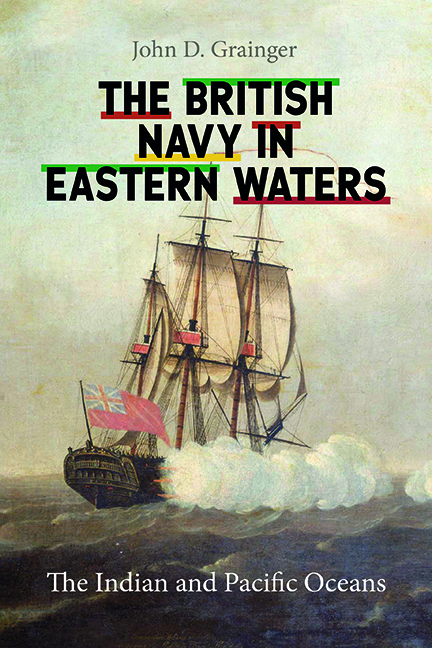12 - The British Lake (1863–1935)
Published online by Cambridge University Press: 26 May 2022
Summary
The ‘overland route’ across Egypt had become established as one in regular use since Muhammad Ali had made himself ruler of Egypt, and especially since the alternative route through Mesopotamia had proved to be too difficult, slower, and more expensive. The sea routes, to Alexandria and from Suez, were clear enough, with the Peninsular and Orient steamship line providing the Mediterranean route, and the Bombay Marine the Red Sea route (taken over later by the P. and O.). Since the 1830s the facilities along the route had also been steadily improved, but only in sections. The steamship sections had used bigger, faster, and more comfortable ships, but the land section of the route, from Alexandria to Suez, was developed in slow stages between 1819 and 1858. The first stage was the construction of the Mohammerah Canal, connecting Alexandria with the Nile at Atfeh. This allowed dhows to sail from Alexandria as far as Cairo, a service which improved in speed when steam was applied to the riverboats in the 1830s. Cairo having been reached, it was then necessary to cross the desert to Suez, the worst part of the whole journey. Camels and donkeys were the earliest (thoroughly uncomfortable) transports, but by the 1830s stage coaches and a series of inns had become available.
The improvements were a classic sequence of increasing use and demand leading to increasing speed and improved facilities, leading to increasing demand and use once more. What had taken several weeks and a large expense in 1819, in which only 200 or so passengers used the route, became a journey of only a few days by 1850, travelled by 5000, and one of increasing comfort as hotel accommodation at Alexandria and Cairo also improved in response to similar demand. Expense could have been reduced as well, except that many passengers were wealthy enough to afford the most expensive accommodation. The next to last stage of improvement was the construction of railways. Two lines were built, Alexandria to Cairo, finished in 1856, and Cairo to Suez, finished in 1858. The whole journey was now no more than three days, unless one waited for a time at Cairo to see the pyramids and enjoy a rest, and a regular timetable of steamers in both the Mediterranean and the Red Sea was now possible.
- Type
- Chapter
- Information
- The British Navy in Eastern WatersThe Indian and Pacific Oceans, pp. 235 - 254Publisher: Boydell & BrewerPrint publication year: 2022



